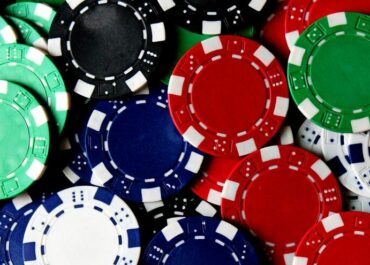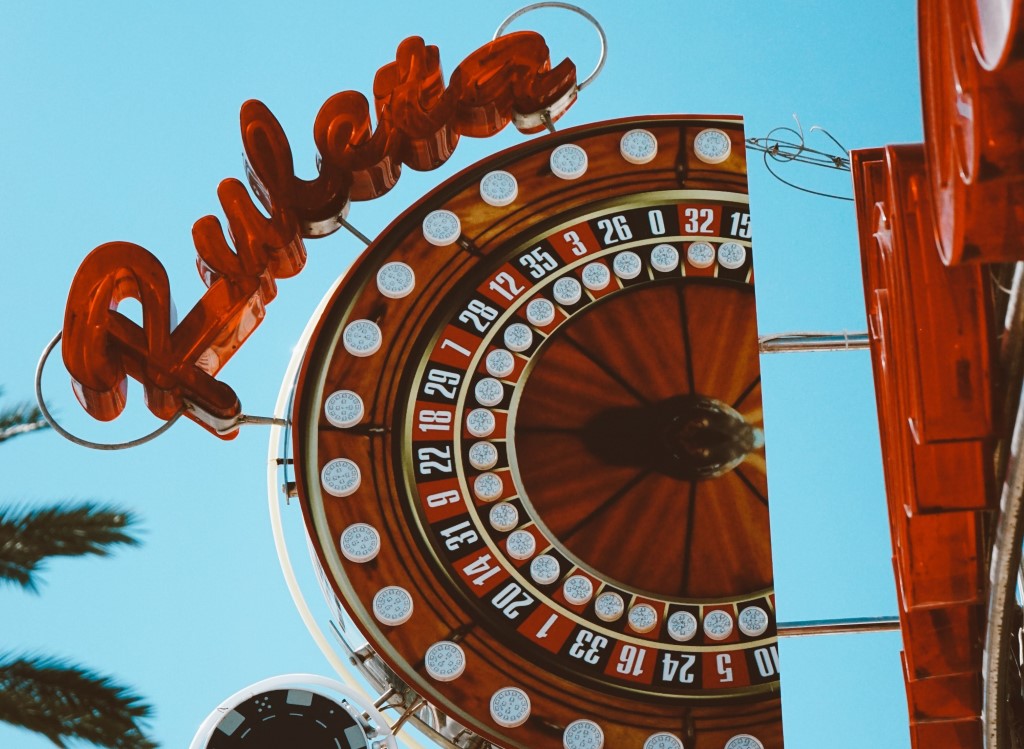Line movement in reverse
The movement of reversed lines is a great example of the complexities involved in the rearranging of odds. Assume that the money line for the Toronto Maple LeafsLeafs’ game against the Montreal Canadiens is -200 and that 78 percent of total wagers are placed on the Maple Leafs as the favorite. Your first idea may have been that the line would drop to -220 or -210, but the Maple Leafs’ money line has reduced to -180. This is referred to as reverse line movement.
If a line moves in the opposite direction of what was expected, it is most usually due to a larger proportion of the money being bet on the opposite side. Even though the favorite received 78 percent of the bets in the previously provided hypothetical circumstance, it is possible that the favorite received only 25 percent of the total money gambled. The Canadiens are the underdogs, according to the oddsmakers. As a result, bookmakers are forced to make changes to the line to entice more money to bet on the opposing side.
How should we react to the line moving in the opposite direction? In most circumstances, the best course of action is to withdraw from public view. Sharp bettors have a long track record of success, and while they do lose bets, on average, they win more bets than they lose. Sharp bettors have a strong track record of success, despite losing bets. One of the simplest methods to observe sharp action is to follow the movement of the reverse line. However, you will have the biggest profit potential if you are on the side of sharps before the line changes to react to them. In the above situation, boosting your odds of winning by betting on the underdog when the line was +7 but before it moved to +6.5 could help you win more money overall.
Innovative line movement betting strategy
In this section, we will discuss a few more common betting approaches that center around the movement of the line. When it comes to sports betting, strategies like middling, playing key numbers, and buying points are all important for maximizing the amount of money you take home.
Middling
The first strategy we’ll look at is known as “middling,” and it’s one of the most common ways people take advantage of line movement. Bet both sides of a bet when the line has moved sufficiently, resulting in a “medium” outcome with a chance of winning on both sides of the wager. This is what the term “modeling” refers to.
For a brief demonstration of the phrase “middling,” we shall use the National Basketball Association (NBA). Consider the following example: The Celtics will play the Lakers, and the opening line is as follows:
- The Boston Celtics are -1. (-110)
- +1 for the Los Angeles Lakers (-110)
- Assume you’ve opted to wager $110 on the Celtics at odds of -1. A key Laker player is ruled out only hours before tip-off, and the line swiftly swings to favor the Celtics:
- The Boston Celtics are -7. (-110)
- +7 for the Los Angeles Lakers (-110)
If you previously bet on the Celtics at -1, this new line gives you an ideal opportunity to “middle” the game by betting on the Lakers at +7, giving you the chance to win two different bets. You put $110 on the Lakers with a point spread of +7. With tickets for both the Celtics (-1) and the Lakers (+7), you can win both bets if the Celtics win by a margin of 2 to 6 points, resulting in a profit of $200. If the Celtics win by one point or seven points, you will have a net profit of $100 because you will have won one bet and pushed the other. Even if the worst-case scenario occurs, in which you win one bet but lose the other, you will only lose 10 dollars in your bankroll.
When the line moves more than a few points, consider middling, which allows you to either maximize your rewards on a single bet or hedge against a loss. This method should only be investigated.
Using critical numbers
The second strategy we will discuss is the use of significant integers. When compared to sports like baseball and hockey, which have predetermined run lines and puck lines, the importance of critical numbers in football and, to a lesser extent, basketball is substantially higher.
Key numbers are heavily weighted in football, particularly in the National Football League. A game’s “key number” is the score differential that ultimately determines whether or not a game is won or lost, and key numbers are the numbers that are most commonly involved. The most crucial numbers in football are three and seven, because a touchdown plus an extra point equals seven points, whereas a field goal equals three points. Consider how relieved you are to realize that you have these numbers when they are chosen for the Super Bowl box pools. These crucial numbers are key when betting on NFL point spreads.
A three-point victory margin occurs around 14.5 percent of the time, according to Wizard of Odds. The winning margin has a 9.2 percent chance of being seven points. The numbers 3 and 7 are probably the most important critical numbers in the National Football League (NFL). On their website, you may view a comprehensive table that includes statistics from 2006 to 2018. The numbers 4, 6, and 10 are also important.
Given that a score discrepancy of 3 or 4 points is far more likely in an NFL game than a score differential of 2, a line of +4.5 is more superior to a line of +2.5 if you wish to bet on an NFL underdog with points. Playing important numbers and getting good odds on your bets both to necessitate a solid understanding of where the line will move in the future.
Purchase incentives
The final method addressed in this lecture on line movement strategies is buying points. When betting on football or basketball, the bettor has the option of purchasing points to move the point spread or total score closer to his or her chosen outcome. When betting on underdogs, the bettor can reduce the spread by 0.5, 1, or 1.5 points by purchasing points. When betting on an underdog, a bettor has the choice of adding a half point, a full point, or 1.5 points.
The price of buying points varies for every sportsbook, but as a general rule, you should anticipate spending an extra 10 cents in juice for every half point you buy. In the last NFL example, if you wanted to buy points with the Ravens -5.5 (-120), you would have to pay the same amount to bring them down to -5.
Another critical component of buying points is the ability to understand and play huge numbers, and bookies are well aware of this. When betting on or off important numbers like 3 or 7, the vast majority of sportsbooks will charge you $25 instead of the customary ten cents.
If you can project line movement, you’ll be able to buy points in a specific direction to avoid line movement. Buying points in the other direction before the line shifts increases the chances of winning a bet. For example, if you anticipate the Ravens -5.5 will begin to creep up to -6, buying points in the other direction before the line shifts may boost your chances of winning a bet.




